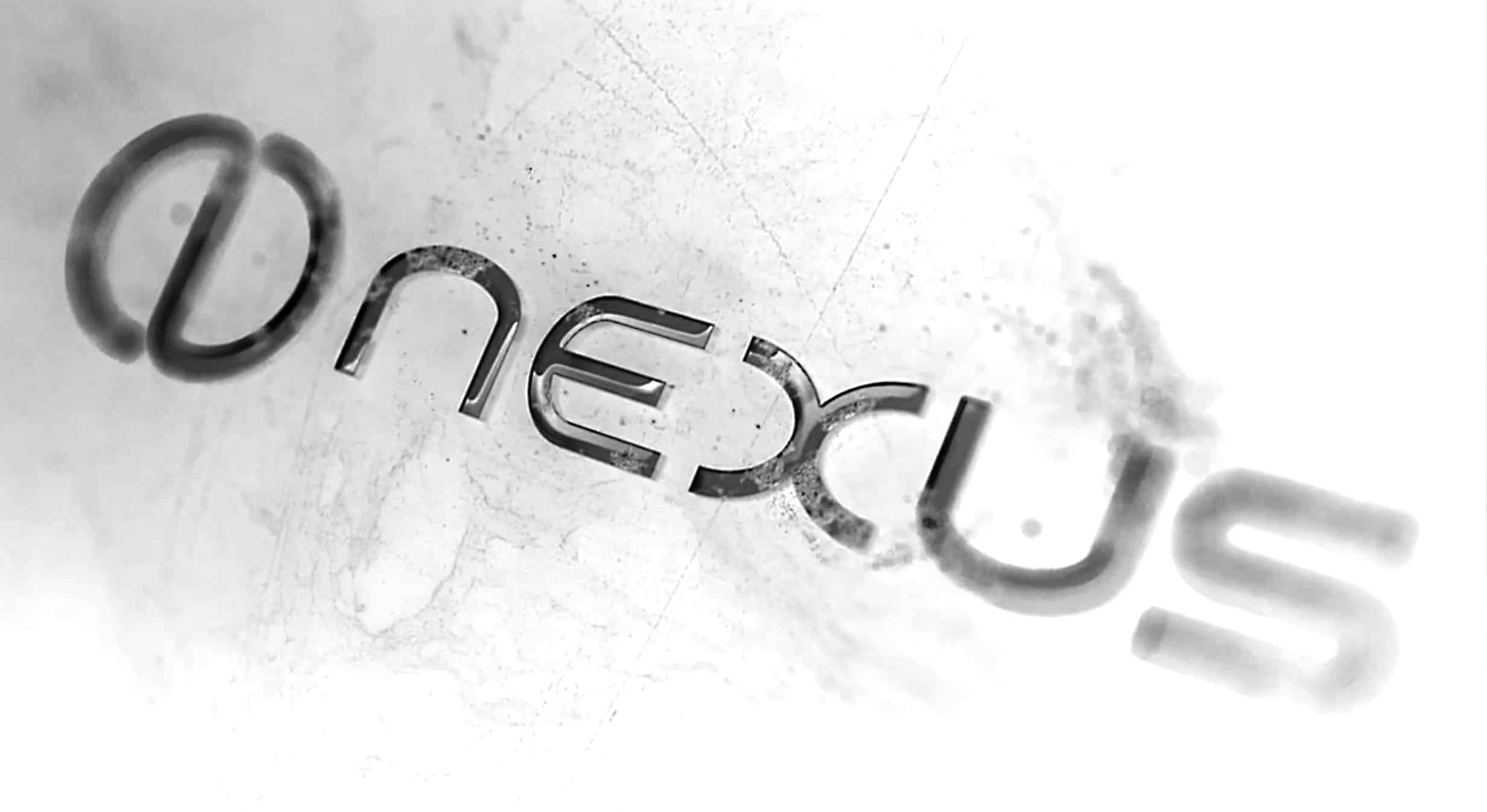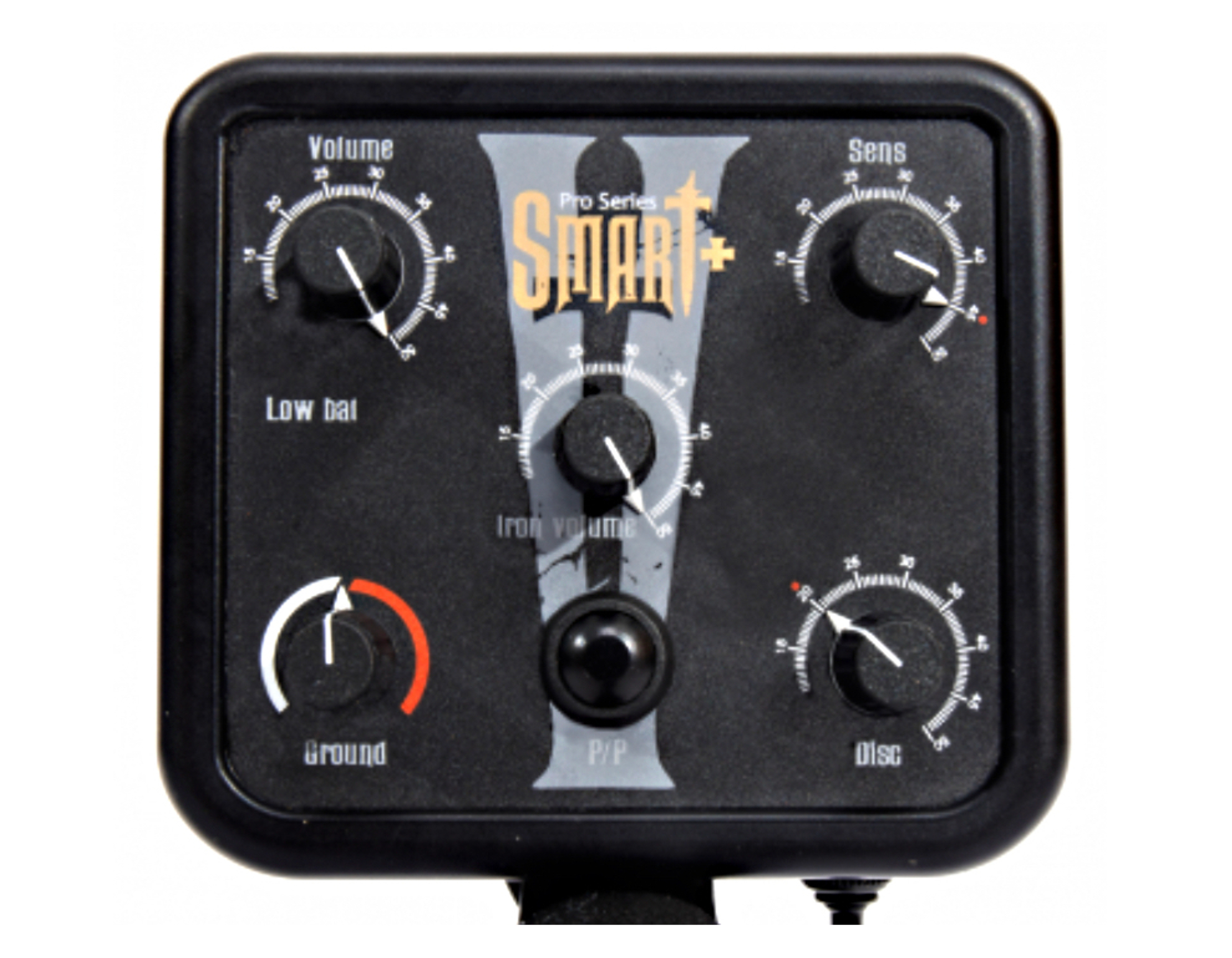
The race is on for the best, free flashlights, vibrations, water resistance, 50% more power, 2D, 3D, and 6D graphs … thousands of slogans and advertisements attack us from every side. What do we get in return?! Often the same thing just in a slightly different package. Do you know this feeling? In a good restaurant, the old proven pork chop served with mun mushrooms and mars fern moss looks like an exotic and unknown dish. After the first bite, reality returns…
In all this, Nexus Detectors seems like a relic of the past. Old, but well-made knob detectors remind us of the years that are behind us. Nothing could be more wrong, because inside there is electronics that is light years ahead of everything we know!!
Advertisement?! You’ll find out soon, some people will pick up their jaw from the floor or buy hemorrhoid ointment, such burning can’t be endured without anesthesia!!!
Ok, relax, the working time on ten batteries is not overwhelming, but you can always change them in the field, the weight, depending on the probe, is survivable, because the balance is great. Yes, it is not equipment for beginners, although they will master it with a little patience.
Why am I so excited like a pedophile in a toy store?! The reason is simple – a performance that other manufacturers can only dream of. Depth and stability of work are unattainable by any other device! I write this with full responsibility! There is a video at the end of this article that shows it all in detail, but it’s nothing compared to full EMI immunity and virtually no iron masking! No other device has such capabilities and it is not a minimal difference, it is a gap that the leading manufacturers have not been able to overcome for years and do not even come close to a meter.
What will we see in the movie? A very interesting test of a small coin close to the nail, so interesting that it cannot be repeated on any other device. The minted silver coin, however, is a low conductor and lies close to the iron on the conductivity axis, but is not masked by it!
Another test is a mass of aluminum tear-offs from cans and a coin also without a problem. Tests did not in the air but on the ground full of iron in the so-called. 3D configuration. Total shock, it looks like a completely impossible thing to do on another, even the latest metal detector!!! Yes, it’s a single operating frequency in addition.
Be sure to follow this blog regularly! We have such a detector and we are not afraid to use it! Price and availability? Only on request, and with these performances, the price is justified, which cannot be said about other manufacturers!






